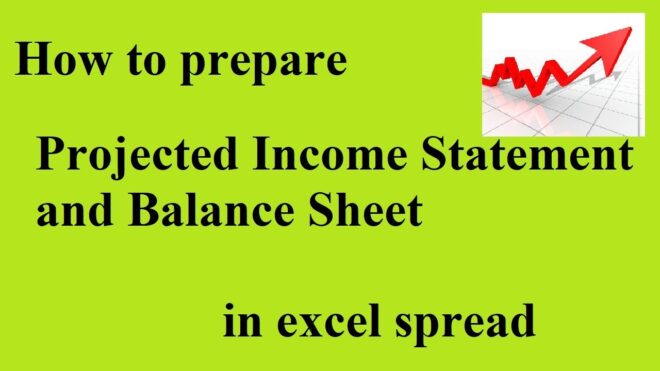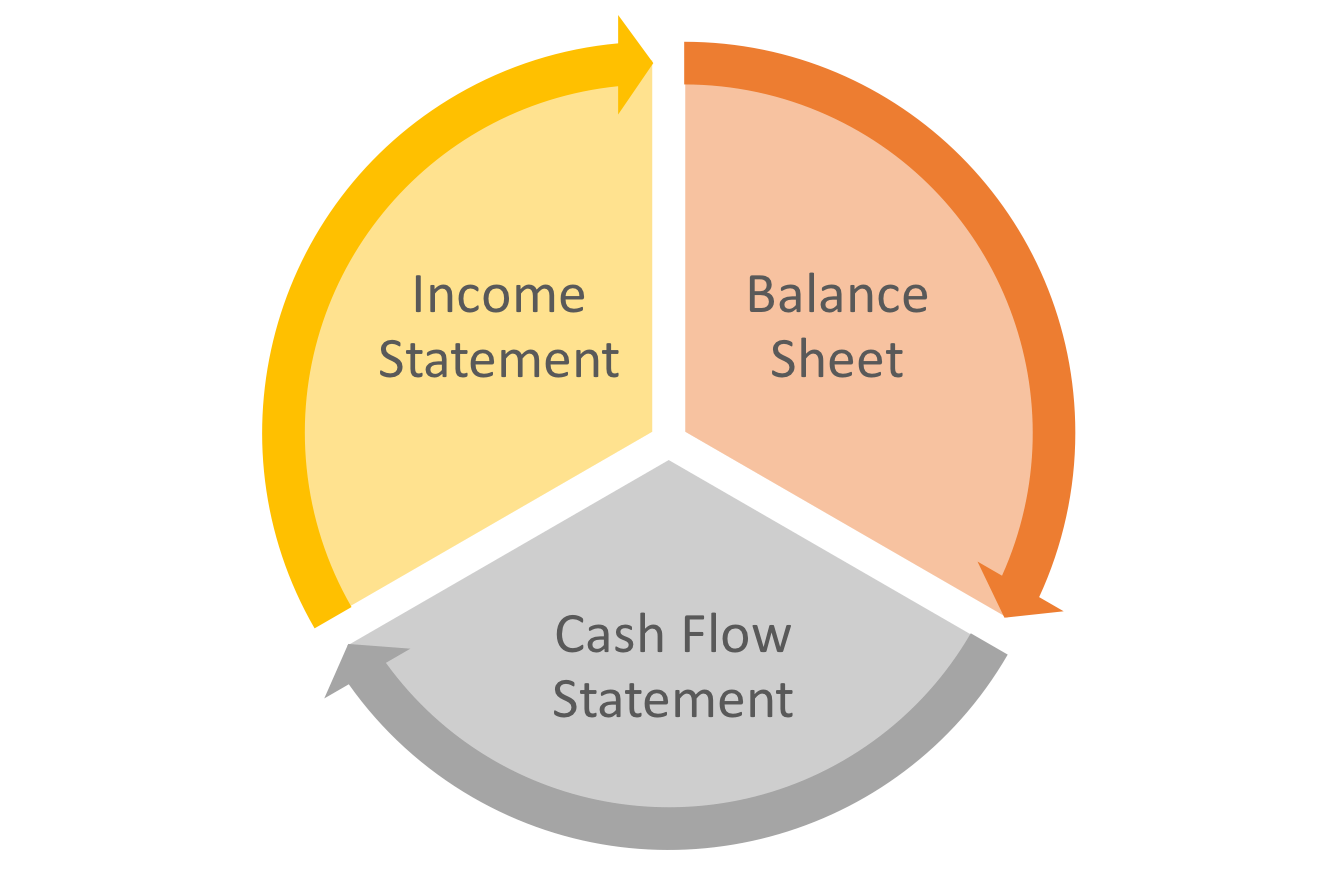
Preparation of projected income statement
Preparation of projected income statement: The preparation of a projected income statement, it is necessary to predict the anticipated revenues, expenses, and net income for a specific time period in the future.
Here are the steps to Preparation of projected income statement:
1.Sales Forecast:
Begin by estimating the sales or revenue for the projected period. Consider factors such as market demand, customer behavior, pricing strategies, and marketing efforts. Use historical sales data, market research, and industry trends to develop a realistic sales forecast.
2.Cost of Goods Sold (COGS):
Determine the cost associated with producing or acquiring the goods or services sold. This includes direct costs such as materials, labor, and overhead expenses directly related to production. Estimate the COGS based on historical data, supplier prices, and anticipated changes in input costs.
3.Gross Profit:
Calculate the gross profit by subtracting the COGS from the projected sales. Gross profit represents the profit earned after accounting for the direct costs of production.
4.Operating Expenses:
Identify and estimate the various operating expenses incurred by the business, such as salaries and wages, rent, utilities, marketing expenses, administrative costs, and other overhead expenses. Use historical data, industry benchmarks, and anticipated changes to estimate the operating expenses.
5.Operating Income:
Deduct the total operating expenses from the gross profit to calculate the operating income (also known as operating profit or EBIT – Earnings Before Interest and Taxes). Operating income represents the profit generated from the core operations of the business.
6.Interest and Taxes:
Consider the interest expenses and taxes payable by the business. Estimate the interest expenses based on outstanding debt and projected interest rates. Calculate the taxes based on the applicable tax rates and projected taxable income.
7. Net Income:
Subtract the interest expenses and taxes from the operating income to arrive at the net income (also known as net profit or net earnings). Net income represents the final profit or earnings of the business after accounting for all expenses, interest, and taxes.
For more information visit this site: https://www.mca.gov.in/
Preparation of projected income statement: It’s important to note that the accuracy of the projected income statement relies heavily on the quality of the sales forecast and the validity of the assumptions made regarding costs and expenses. Regular monitoring and updating of the projected income statement based on actual performance and changing business conditions is crucial to maintaining its relevance and usefulness.
FAQs
1. What is a projected income statement?
Ans: A projected income statement estimates future revenues and expenses, helping businesses forecast profitability over a specific period.
2. Why is a projected income statement important?
Ans: It helps in budgeting, financial planning, and decision-making by providing insights into expected financial performance.
3. What time frame should the projected income statement cover?
Ans: Typically, it covers one year, broken down into monthly or quarterly projections, but it can extend to multiple years for long-term planning.
4. How do you estimate revenues?
Ans: Revenue can be estimated based on historical data, market trends, sales forecasts, and pricing strategies.
5. What factors influence expense projections?
Ans: Expenses can be influenced by fixed costs (like rent), variable costs (like materials), and expected changes in operational activities.
6. Should non-cash items be included?
Ans: Yes, non-cash items like depreciation and amortization should be included as they affect overall profitability.
7. How do you handle taxes in a projected income statement?
Ans: You should estimate taxes based on projected income and the applicable tax rate, factoring in any deductions or credits.
8. What assumptions should be stated?
Ans: Clearly outline assumptions about sales growth, market conditions, and cost trends to provide context for the projections.
9. How often should you update the projected income statement?
Ans: It should be updated regularly (e.g., quarterly) to reflect changes in business conditions, market trends, and actual performance.
10. How can the projected income statement aid in securing financing?
Ans: Lenders and investors often require projected income statements to assess the financial viability and potential returns of a business before providing funding.
